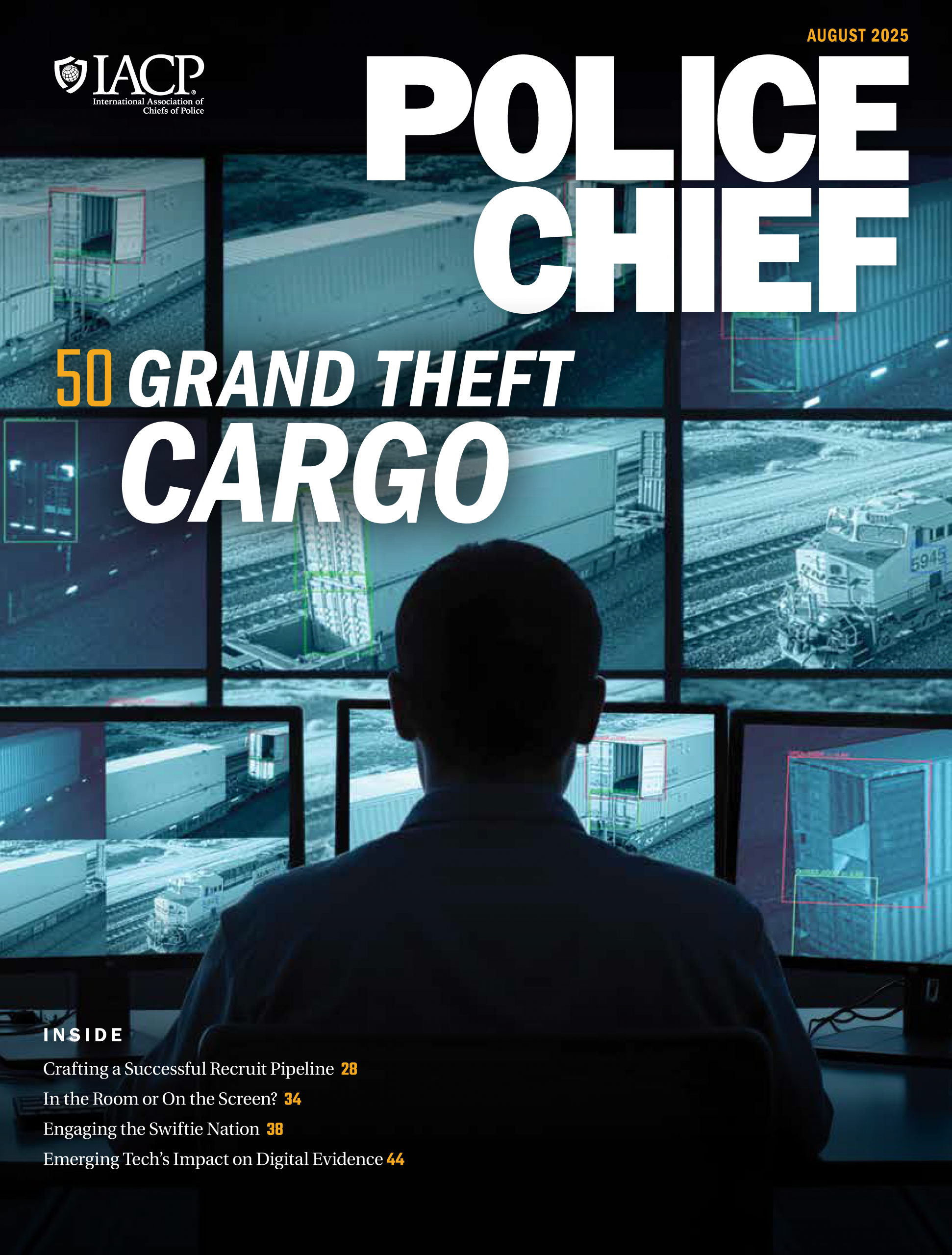October 1, 2017. November 13, 2015. December 14, 2012. August 23, 2005. September 11, 2001. These are dates that will never be forgotten among communities and law enforcement. These are dates when individuals needed protection and rescue. These are dates when brave emergency responders ran toward the crisis.
Although they span decades and are vastly different situations, each of these dates has at least one similarity: some form of disaster struck unsuspecting individuals. Whether the crisis involves an active shooter, a terrorist attack, or a natural disaster, law enforcement personnel are going to be on scene to help those in need. Unfortunately, they can be only as helpful as the available equipment and tools allow. The good news is that there are companies that understand the need to empower today’s officers when they must rush into a crisis to protect their community.
Response times for an active shooter emergency has improved to around three minutes, but when officers must wait for additional backup with the appropriate equipment to arrive on scene or for a command post to gather situational awareness before entry is made, critical minutes may add up.1 “In an emergency, but especially where lives are on the line, such as an active shooter situation, accurate information and time are the most critical elements—seconds saves lives,” said Chet Linton, CEO of AEGIX Global (AEGIX).2 Preparing officers with the most effective and efficient tools could be the key to rescuing individuals and lowering officers’ risk of injury.
Incident Management
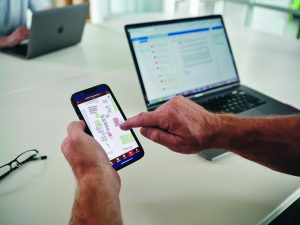
Ever wish first responders could be informed of an emergency as soon as it happens? With AEGIX’s Active Incident Management (AIM) platform, individuals within an organization can do so. The cloud-based system supports customizable incident notifications, interactive mapping, accountability and safety tools, emergency plans, and reporting.
The AIM platform empowers law enforcement administrators, managers, and line officers to know whether building occupants are safe, need medical attention, or are missing during bullying events, mental health crises, natural disasters, and immediate threats to safety. These alerts travel directly to dispatch and identified law enforcement leadership. The user-friendly application features real-time communication via chat and direct calling (even participants notify as safe). The system also provides comprehensive logs and post-incident reports of all officers during an incident, within system communications.
Because all building floor plans and maps can be built within the app, the work to locate floor plans is eliminated and an immense amount of time is saved. Law enforcement–only maps, with greater details of structures and other secure information are also available. Responding officers are able to clear rooms within the system. This interactive floor plan function gives first responders real-time situational awareness to better understand what is happening and where to direct their efforts.
The AEGIX AIM platform improves the feeling of safety through-out a community by reducing police response times and increases the capability of first responders to avoid injuries and loss of life. “We feel we have a moral responsibility to make this technology available to law enforcement to help in their efforts to make our schools and communities safer,” said Linton. “As such, through the AEGIX Foundation, we are making AEGIX AIM available for free to law enforcement agencies across the United States.”
Officer Protection
Once on scene, officers need the correct tools and equipment to remain safe and thus able to save the lives of others.
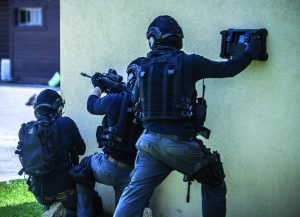
Camero’s range of tactical systems that can be used to detect, locate, and image live and static objects through walls and other building materials has been revolutionary for the safety of law enforcement teams. Once a team is aware in advance of what is going on behind a wall, they are able to plan a better reaction to the situation during an operation.
Used during the large earthquake events in Mexico and Turkey, Camero’s radar imaging systems are life-saving equipment for search and rescue. Offered in both short- and long-range designs, the systems use safe, non-ionized, and low-power radio signals. An array of antennas analyzes reflections from objects behind walls. Together with sophisticated algorithms, the antennas are used to reconstruct an intuitive image to sense people and static objects situated on the other side of walls. The high sensitivity of the systems even allows the breathing of live objects to be detected in case they are unable to move.
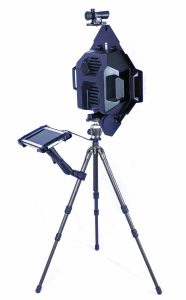
The short-range Xaver 400 provides two-dimensional and three-dimensional location and tracking information of live objects behind the wall up to 20 meters (about 22 yards). With a weight of 3.2 kg (7 pounds), the system can easily fit into a backpack. The longest-range system offered is the XLR 80. This model can provide information about what occurs beyond a wall more than 100 meters from a building.
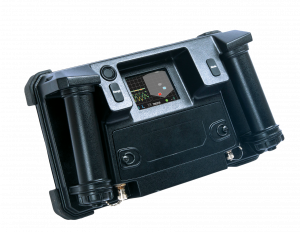
Designed to meet military standards, the imaging radar is battery operated, portable, and easy to use. “Having these capabilities allows law enforcement agencies and search and rescue teams to conduct safer operations,” said Amir Beeri, CEO of Camero. “As a result, [the radar] will save lives on both sides of the wall, as well as making our community a safer place.”3
When breaching a door without knowing fully about what is on the other side, officers run the risk of being injured or killed while engaging in combat or gunfire with someone on the other side. With BRINC’s LEMUR 2, officers are able to know what’s happening inside before an entry is made.
With its tungsten carbide glass breaker attachment and 4K visual cameras, the small drone is able to get eyes and ears in dangerous places for de-escalation, search and rescue, and bomb operations. Many drones rely on GPS to navigate; how-ever, the LEMUR 2 uses a lidar sensor and tracking cameras. As it is flying, the drone transmits high-definition video, thermal imaging, and three-dimensional point clouds back to the operator. These point clouds are rendered into a two-dimensional floor plan. These real-time views can be enabled on the BRINC controller or remotely through BRINC’s LiveOps capability. A user can simply open their phone, log into their account, and get any situational awareness generated by the product.
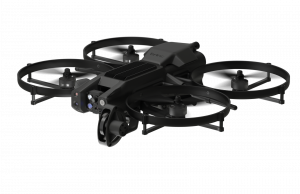
The small drone features a self-righting function, so if it ever crashes and lands on its back, the drone can flip itself over and redeploy to continue its mission. The drone also has a phone number—when someone on a crisis negotiation team calls the drone, the call is automatically answered, offering a two-way audio system that is audible from behind closed doors and cannot be hung up.
In perch mode, the LEMUR 2 can land, send back information, and perform two-way communication for almost 10 hours. The flight time ranges from about 20 to 25 minutes. “It’s sending back live video. It’s sending back live thermal imaging. It’s sending back live audio,” said BRINC founder Blake Resnick. “So, it’s still a very useful tool even when it’s not flying.”4
Once entry into a rapid-deployment situation is made, officers need to feel protected. This is where RTS Tactical shines. “There’s cases that are happening now that [officers] have to quickly deploy, get out there, and have what they need to get the job done,” said Mendel Berns, director of sales and marketing at RTS Tactical.5 This was the guiding principle behind the Level III+ Rifle Special Threats Mini Shield.
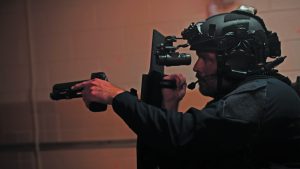
Made out of a new technology steel sourced from Italy, the personal shield is lighter weight than other ballistic shields while also having multi-hit capability and strong durability. The shield comes in three sizes, but the most popular is medium, weighing about 16.9 pounds. The back of the steel shield includes a handle, a strap, and a trauma pad that is designed to prevent the user’s arm from being injured.
RTS Tactical is also releasing a bag to use alongside the mini shield. It can be used as a backpack or with a sling and will have a cutout for the shield’s handle, making it usable within the bag for unexpected scenarios.

“Really understanding the needs and what the threats are in today’s day and age and utilizing newer-age materials and technologies to be able to achieve products that actually make a difference and save lives” is how companies can set themselves apart, explained Berns. RTS Tactical’s tagline is “Be Fearless,” and with their products, officers can be reminded of their mission and feel empowered.
Conclusion
Disaster can strike anywhere. Whatever form it takes, individuals will need to be rescued. With advancements in the technology and materials being used in today’s rescue and disaster equipment, officers can provide a sense of safety to the community by relying on the tools available on the market.
Notes:
1J. Pete Blair, M. Hunter Martaindale, and Terry Nichols, “Active Shooter Events from 2000 to 2012,” Figure 4. Police Response Time, FBI Law Enforcement Bulletin, January 7, 2014.
2Chet Linton (chief executive officer, AEGIX Global) email interview, May 9, 2023.
3Amir Beeri (chief executive officer, Camero) email interview, May 16, 2023.
4Blake Resnick (founder and CEO, BRINC) phone interview, May 19, 2023.
5Mendel Berns (director of sales and marketing, RTS Tactical) phone interview, May 16, 2023.
|
SOURCE LIST |
|
|
|
|


